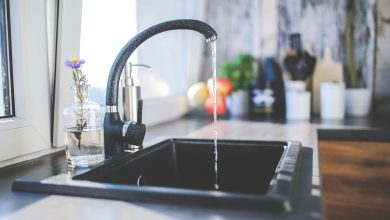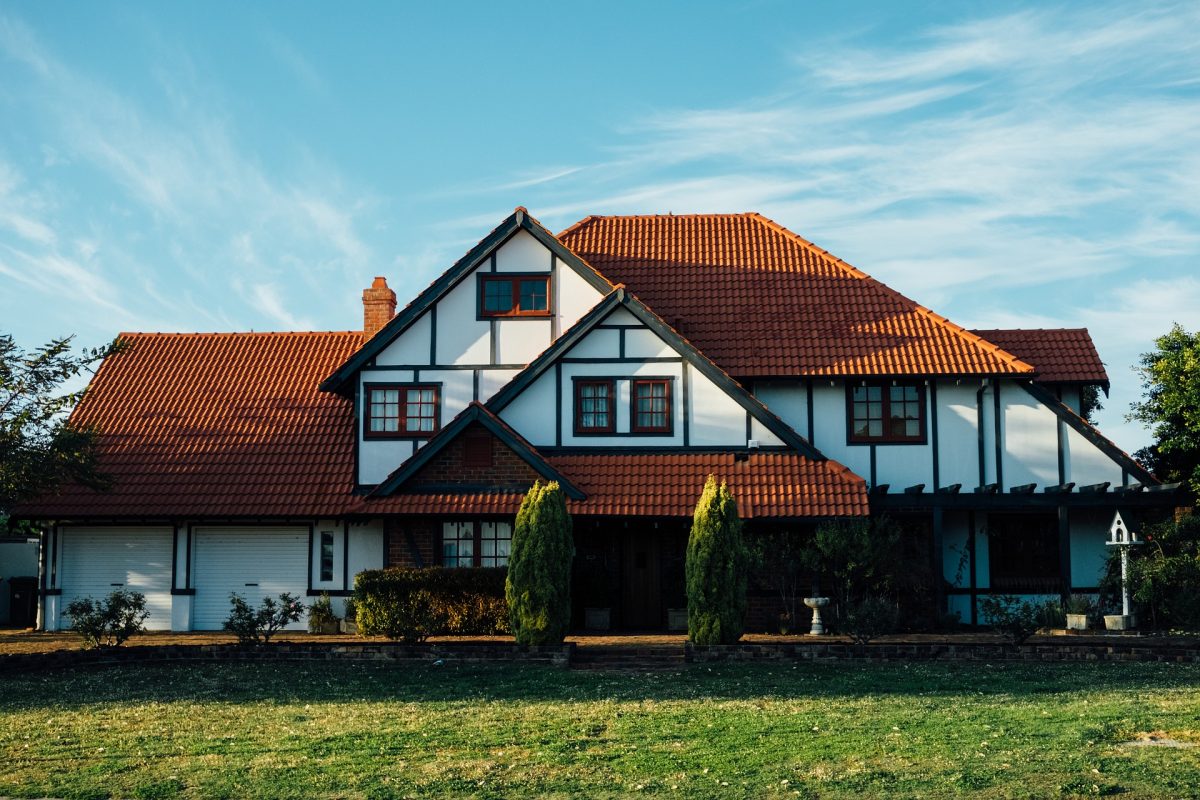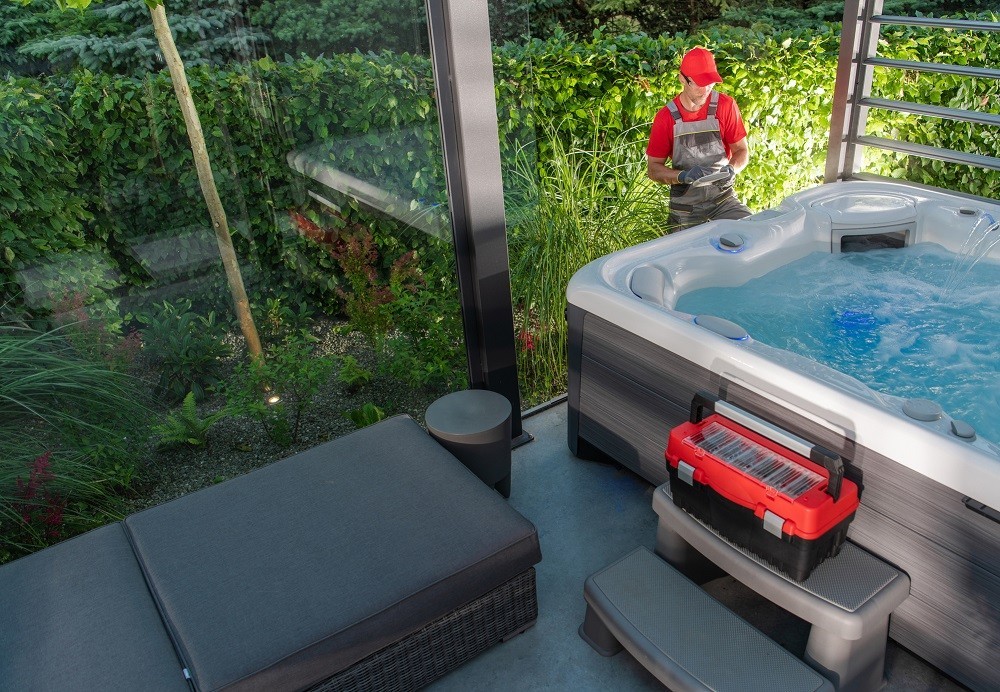The Pros and Cons of Different Gutter Systems
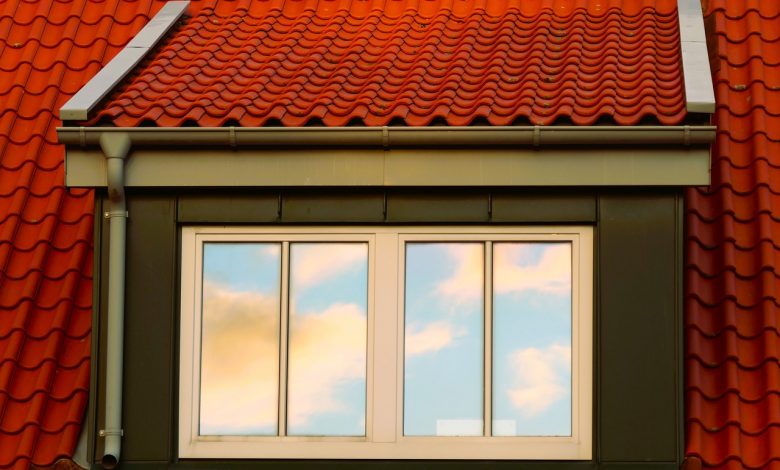
Guiding Rain Away: Choosing the Right Gutter for Your Home
Gutters play a crucial role in protecting your home from water damage. They channel rainwater away from your foundation, walls, and landscape, preserving the integrity of your property. However, with various types of gutter systems available, choosing the right one can be a challenge. Each type has its own set of advantages and drawbacks, and understanding these can help you make an informed decision.
K-Style vs. Half-Round Gutters: A Comparison
The most common gutter styles are K-style and half-round. K-style gutters, characterized by their flat bottoms and decorative front that resembles crown molding, are popular for their efficiency and aesthetic appeal. They hold more water than half-round gutters and are less likely to bend under heavy weight. However, their complex shape can make them more challenging to clean.
Half-round gutters, on the other hand, are exactly what their name suggests – half-round tubes. They are particularly suited to older, historic homes where maintaining the authenticity of the style is important. While they are easier to clean due to their smooth shape, they don’t carry as much water as K-style gutters and can overflow in heavy downpours.
Seamless vs. Sectional Gutters: Weighing the Options
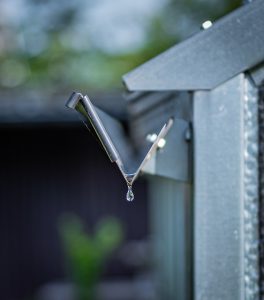
Another important distinction is between seamless and sectional gutters. Seamless gutters are custom-fitted to your home and minimize leaks since they have fewer joints. However, they require professional installation, as the gutters are typically formed on-site using a special machine. For homeowners in areas like Delafield, seeking expert installation is key, and services like those found at https://huckeexteriors.com/service-area/delafield/ can provide the necessary expertise.
Sectional gutters, conversely, come in pre-cut sections that are joined together during installation. They are more DIY-friendly and less expensive than seamless options. However, the seams can become a potential point for leaks and require more maintenance.
Material Matters: Aluminum, Steel, and Copper Gutters
The material of your gutters also plays a significant role in their performance and longevity. Aluminum gutters are lightweight, rust-resistant, and available in a wide range of colors. They are also easy to install, making them a popular choice for both professional installers and DIY enthusiasts.
Steel gutters are more durable than aluminum and can withstand extreme weather conditions. However, they are prone to rust over time unless they are galvanized. Steel gutters also tend to be heavier, requiring more robust support systems.
Copper gutters are the most durable and have a distinctive appearance that develops a patina over time. They are often used for historic restorations or high-end homes. While copper gutters are extremely long-lasting, they are also the most expensive option and typically require professional installation.
Gutter Guards: An Additional Consideration
Gutter guards are an additional feature that can be installed to prevent leaves and debris from clogging your gutters. While they can significantly reduce the need for cleaning, they do add to the initial cost and may not be compatible with all gutter types.
Making the Right Choice for Your Home
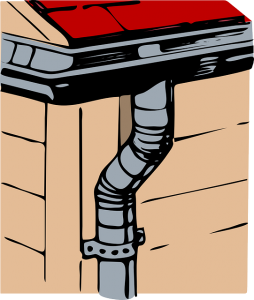
When choosing a gutter system, consider factors like your local climate, the style of your home, and your budget. If you live in an area with heavy rainfall, a robust system like K-style seamless gutters might be the best choice. For historic homes, half-round copper gutters might be more appropriate, despite the higher cost.
Regardless of your choice, ensure that your gutters are properly installed and maintained. Regular cleaning and inspection can prevent costly water damage and extend the life of your gutters.
In conclusion, understanding the pros and cons of different gutter systems is crucial in making the right choice for your home. By considering factors like style, material, and local climate, you can select a system that not only enhances the appearance of your home but also offers effective protection against water damage.

